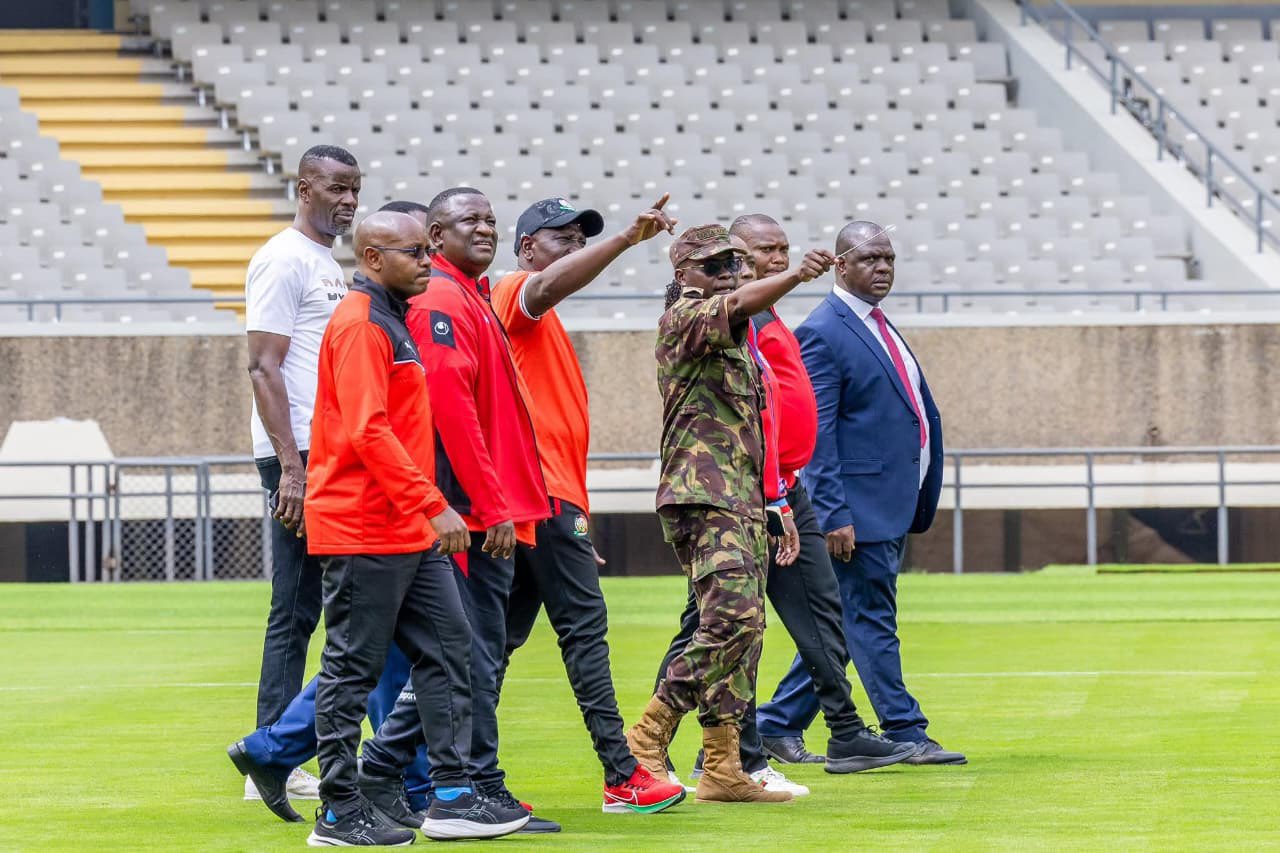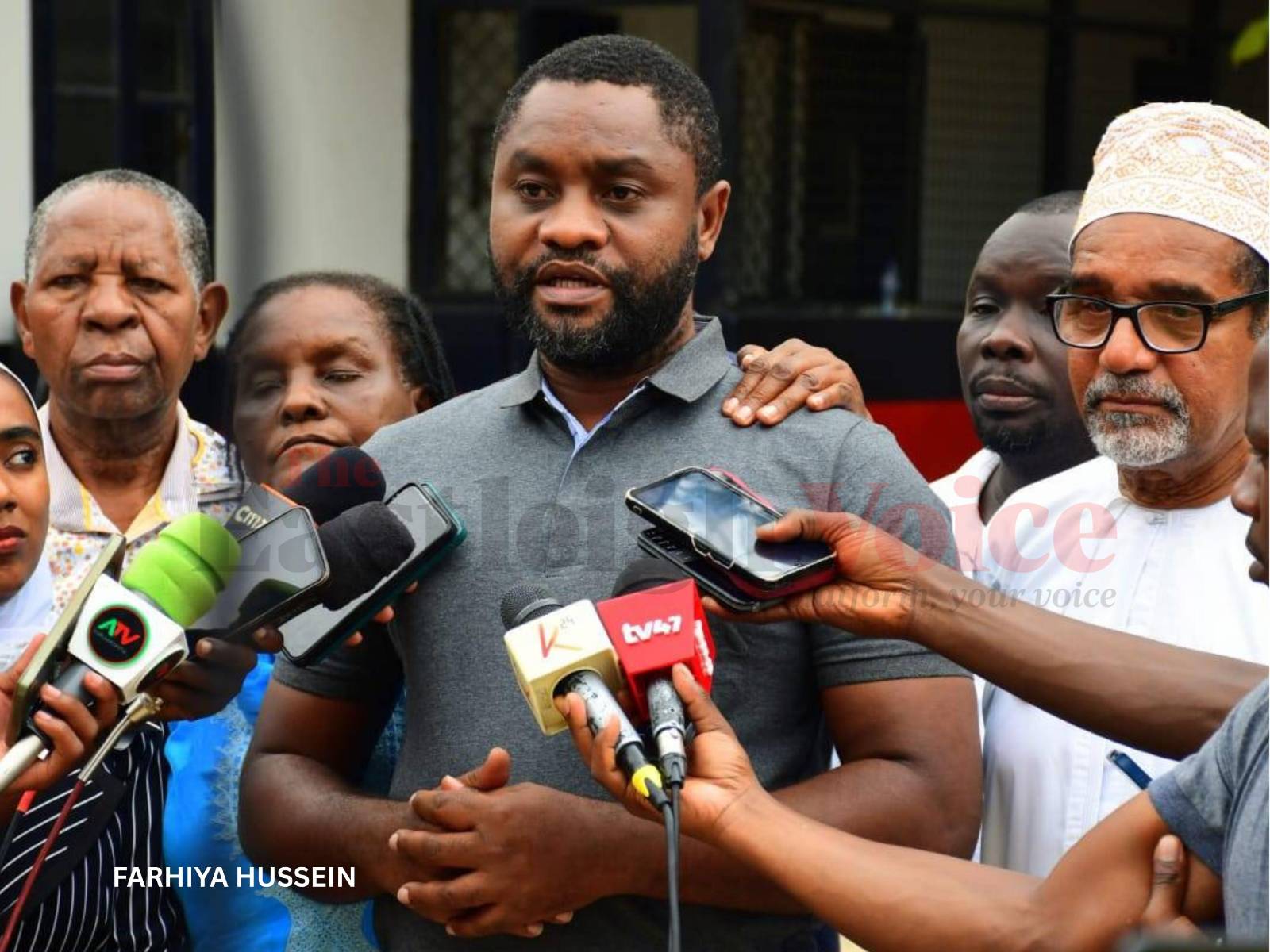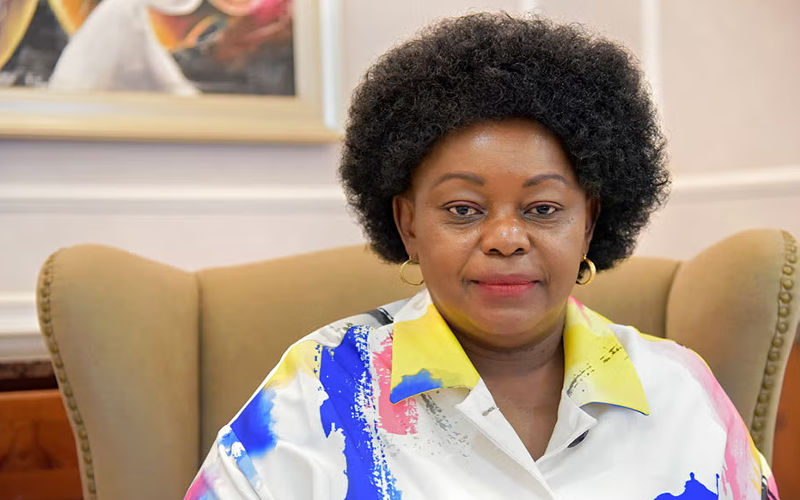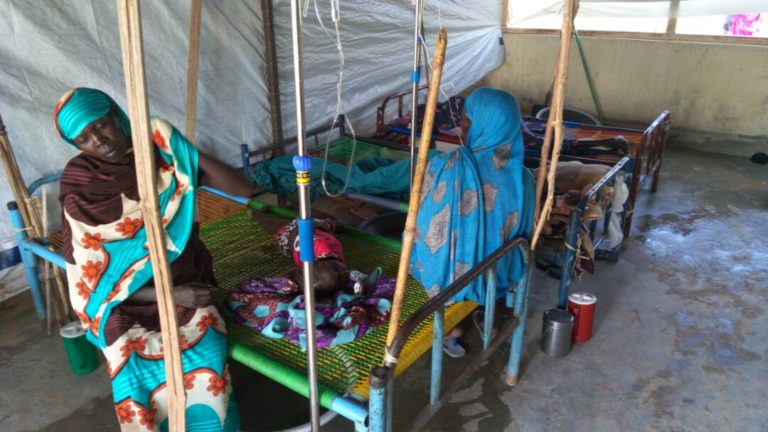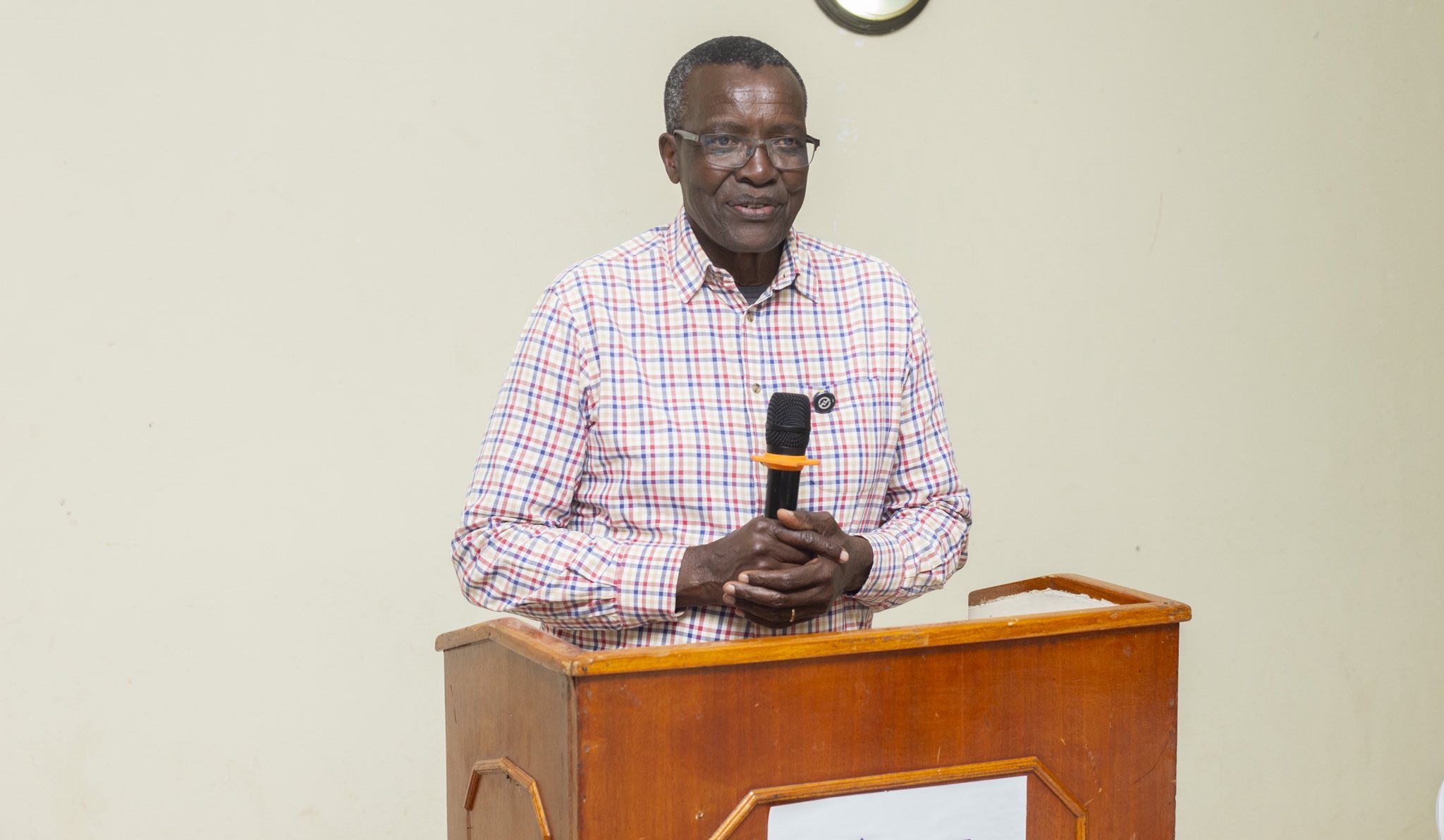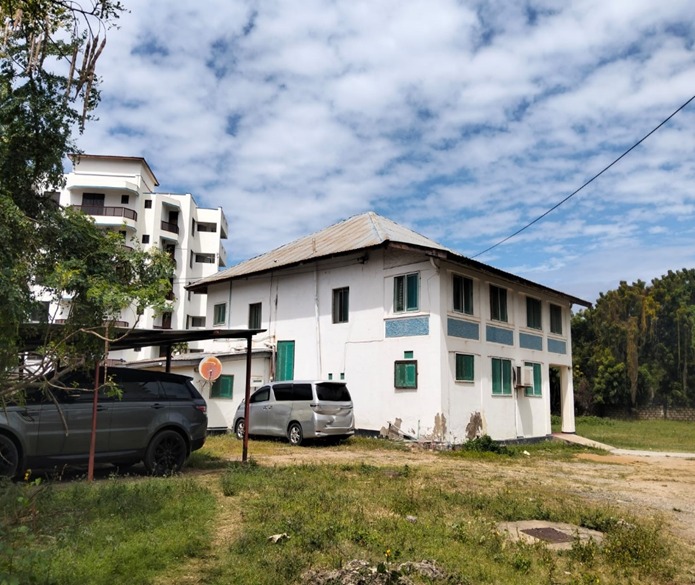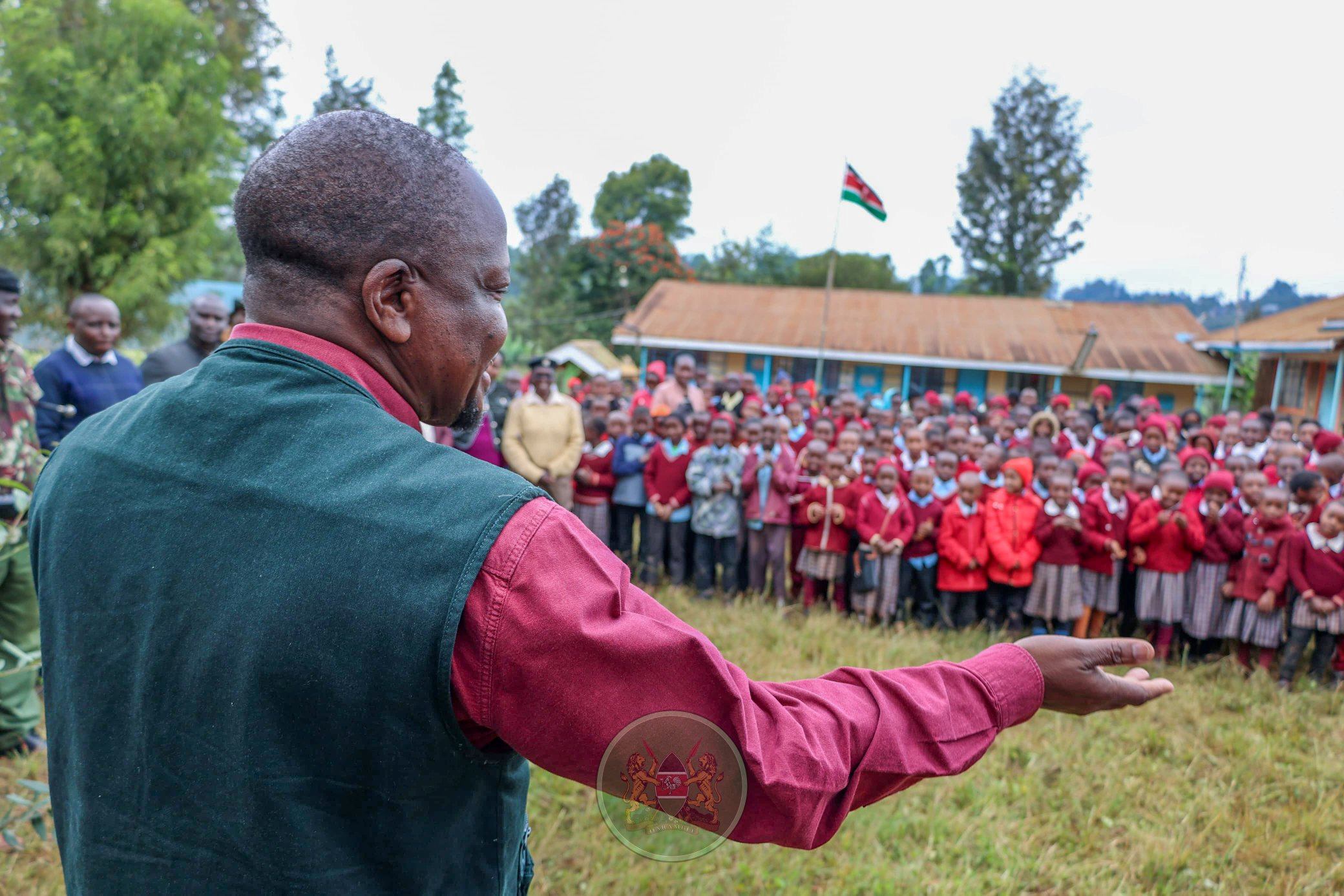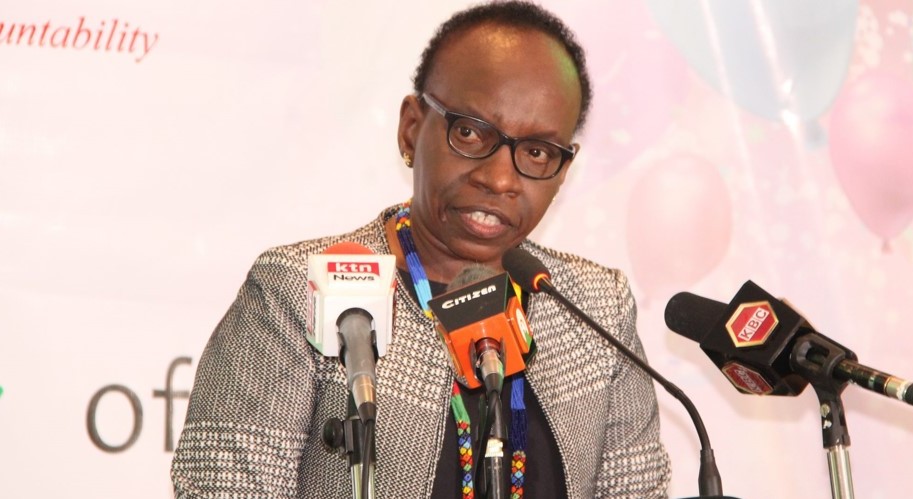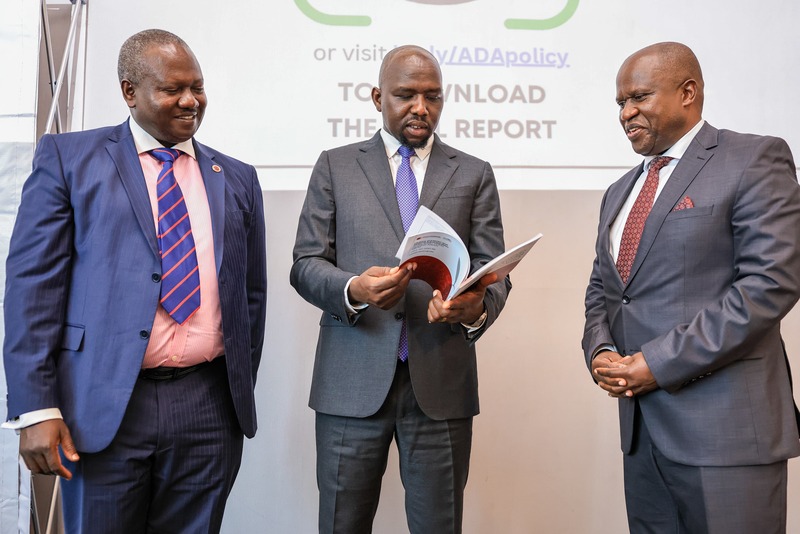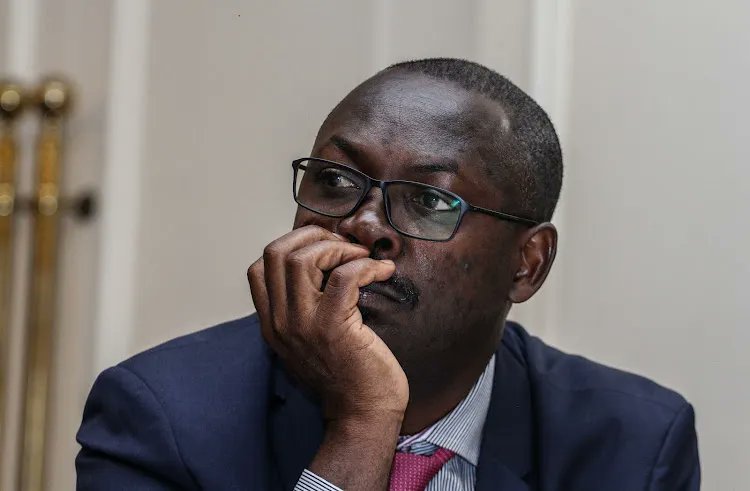Drones, disinformation and guns-for-hire are reshaping conflict in Africa: New book tracks the trends
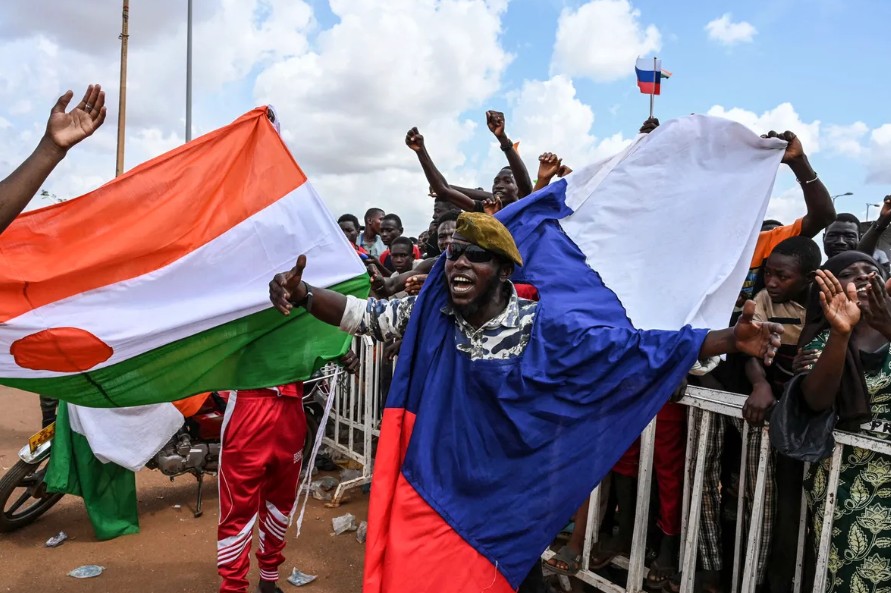
The African continent is flush with abundant natural resources that offer lucrative gains, but is hobbled by weak post-coup states desperate for foreign support
Alessandro Arduino, King's College London
More To Read
- Trading Africa’s minerals for security deals is a dangerous gamble, experts warn
- Rights group links Mali’s army, Wagner to dozens of killings, forced disappearances
- Israeli army using Chinese drones to bomb civilians in Gaza - report
- How artificial intelligence deepfakes, disinformation could shape Kenya’s 2027 elections
- Politicians and influences named top sources of disinformation in Kenya - report
- Major boost in war against terror as government acquires state of the art drones from Turkey
Alessandro Arduino has researched Africa’s security affairs with a particular focus on the use of private military companies and other guns-for-hire across the continent. In his latest book, Money for Mayhem, Arduino examines how military privatisation intersects with international power dynamics. Drawing on fieldwork, interviews and firsthand data, he tracks actors from Russia, China and the Middle East to explore how they profit from instability across Africa.
What war trends did you identify in your book?
In Money for Mayhem, I chart the rise of mercenaries, private military companies and hackers-for-hire, alongside emerging technologies like armed drones.
Nowhere does this rise ignite more readily than in Africa. The continent is flush with abundant natural resources that offer lucrative gains, but is hobbled by weak post-coup states desperate for foreign support. The continent has also been fractured by power vacuums, creating ineffective or weak regional and continental institutions that enable militant networks.
As a result, mercenaries and contractors have returned to the central stage in Africa. They were once the not-so-hidden hand in post-colonial civil wars, such as in Angola in the 1970s and Sierra Leone in the mid-1990s where highly trained mercenaries profited from the conflict.
Today, guns for hire wield profound geopolitical influence.
What did you find out about the key players?
Take Russia’s Wagner Group. It continues to be active from Libya to Sudan. The group is known for deploying paramilitary forces, conducting disinformation campaigns and supporting powerful political figures from Mali to the Central African Republic. Following its leader’s death in 2023, the Wagner Group shifted its operations. Rebranded as the Africa Corps, the group serves as a key instrument of Moscow’s influence on the continent.
Then there are Turkish private military outfits operating from Tripoli to Mogadishu. Turkey’s private military companies are fast becoming a key instrument in President Recep Erdogan’s foreign policy. What sets these companies apart is their ability to pair boots on the ground with Turkey’s battle-proven armed drones. This fusion of a rentable army and an off-the-shelf air force could become a powerful export, serving Ankara’s political and economic ambitions in Africa.
Then there are the Chinese private security companies, protecting Chinese investments and citizens in Africa. Their rise mirrors Beijing’s deepening footprint, where it is pouring billions into infrastructure and mining projects. In volatile nations like the Democratic Republic of Congo, Sudan and South Sudan, weak and unreliable local security forces have created a vacuum that’s being filled by Chinese security contractors.
Through the ages, the mercenary’s paradox has endured: despised yet indispensable. Their business thrives on perpetual chaos. Every ceasefire threatens their livelihood.
This dynamic was evident after Muammar Gaddafi’s fall in 2011 in Libya. Both the Government of National Accord in Tripoli and the rival Libyan National Army in the east turned to international mercenaries such as the Wagner Group and fighters from sub-Saharan Africa. This heavy dependence on foreign fighters obstructs national reconciliation.
The Wagner tale is instructive. Once a Kremlin proxy in resource-rich Africa, the group amassed its own power. It was dismantled when it outlived its usefulness. The dispatch of Russian generals to negotiate Wagner’s fate in 2023 from Libya to Niger was a lesson in power: the puppeteer remains firmly in control.
Russia’s foreign and defence ministries moved swiftly to reassure Middle Eastern and African partners that operations would continue uninterrupted after the death of Wagner’s leader. This signalled that unofficial Russian forces would maintain their presence on the ground.
What is happening that’s new?
The revolution in modern warfare is evident across Africa. Mercenaries, armed drones and AI-driven disinformation campaigns are redefining conflict. Today’s battlefields are evolving at such a dizzying pace that even seasoned military experts are routinely caught flatfooted.
The speed of change is unprecedented.
Drones, once the province of great powers, have become commonplace. Inexpensive, lethal, versatile and ever more autonomous, they patrol the skies daily, ushering in a remote-warfare era that upends ethical, strategic and tactical norms.
The cost of a suicide drone, for instance, typically runs into a few thousand US dollars. A battle tank averages US$3–4 million. Three such drones and a skilled pilot can destroy a single tank, dramatically shifting the cost-benefit equation on the modern battlefield.
Africa was an early proving ground: drones shaped the Libyan civil war. Since 2019, multiple incidents of precision air strikes conducted by unknown aircraft have occurred in apparent violation of a United Nations arms embargo.
In early 2025, drones served as an off-the-shelf air force in the bombing of Port Sudan. Explosions rocked the vital humanitarian gateway in Sudan’s ongoing civil war between the Sudanese Armed Forces and the paramilitary Rapid Support Forces.
Sudan’s army pinned these strikes on the Rapid Support Forces, highlighting the paramilitary group’s deadly embrace of drone warfare. Lacking a formal air force, drones offer the Rapid Support Forces a low-cost, high-lethality shortcut that delivers devastating blows while cloaking its operators in plausible deniability.
How else is the warfare landscape changing?
War is now being waged on other fronts as well.
Africa’s youthful population consumes information primarily via social media. This provides fertile ground for propaganda, disinformation and misinformation – amplified by artificial intelligence (AI) at minimal cost.
Deepfakes have burst onto the scene as a dire cybersecurity threat. AI-driven disinformation at an industrial scale is already a reality, magnifying hate speech and targeting the message to intended audiences with precision and at very low cost.
For example, TikTok’s own recommendation engine has already come under fire from African human rights groups for amplifying toxic rhetoric.
Already, false narratives thrive in Africa all on their own. AI’s true danger lies in its ability to turbocharge disinformation.
Governments recognise that defending the homeland no longer means guarding cables and servers alone. It also means safeguarding the integrity of information itself.
What needs to be done?
Based on my findings, I argue that the fractures today are tomorrow’s global crises. War has irrevocably changed, and its next phase is already upon us.
The Conversation
Alessandro Arduino, Affiliate Lecturer, King's College London
This article is republished from The Conversation under a Creative Commons license. Read the original article.
Top Stories Today
